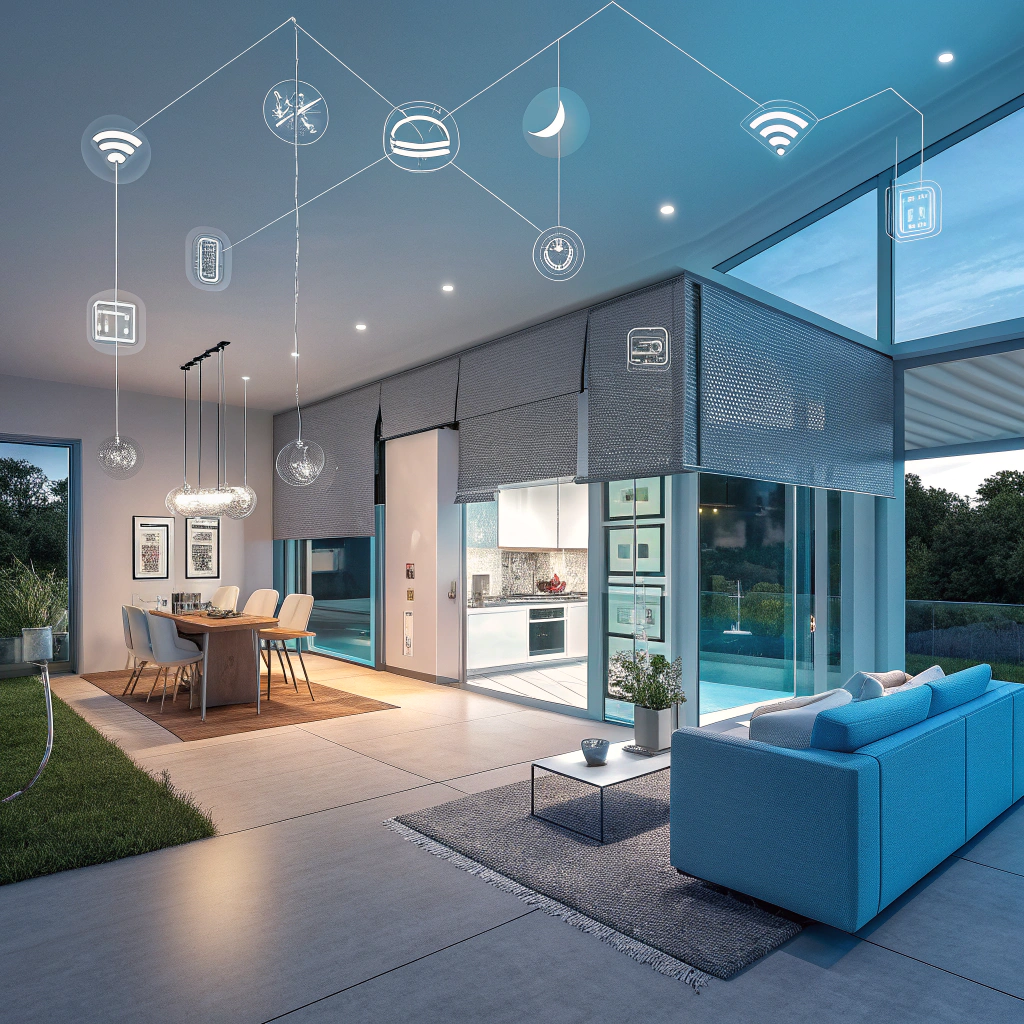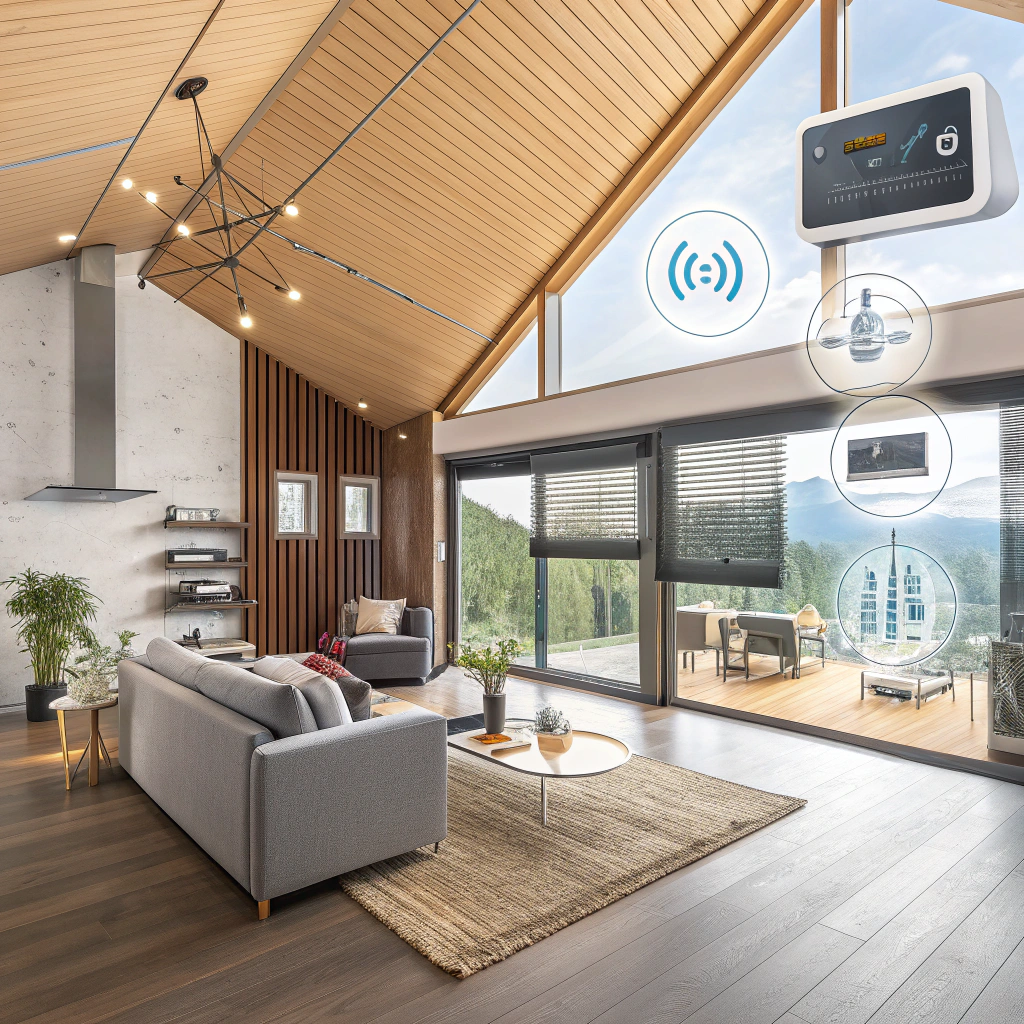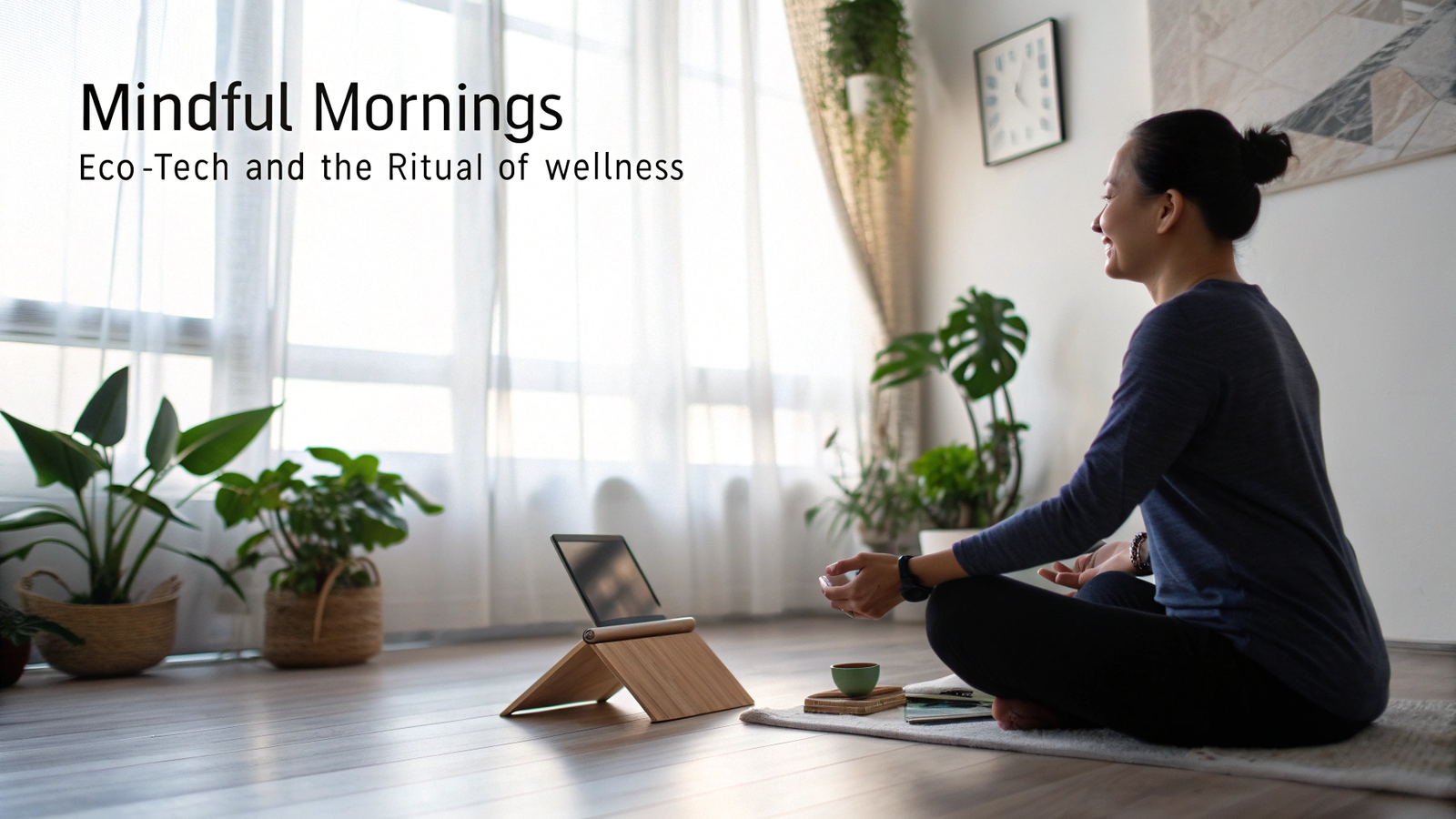Smart Spaces: Redefining Comfort in the Future
In an age defined by rapid technological advancement, environmental awareness, and changing social dynamics, the very concept of comfort is undergoing a dramatic transformation. No longer limited to soft furniture or ambient temperatures, “comfort” in the future will be holistic—spanning physical, mental, emotional, and even digital well-being.
Welcome to the age of Smart Spaces—adaptive, responsive, and intelligent environments that are redefining how we live, work, learn, and rest. These spaces are more than just technologically enhanced rooms; they are ecosystems designed to enhance human experience through personalization, automation, sustainability, and sensory optimization.
This article explores how smart spaces are reshaping comfort in homes, workplaces, cities, and beyond, and what this means for our future.

1. What Are Smart Spaces?
A smart space is a physical or digital environment equipped with interconnected technologies—sensors, AI, IoT (Internet of Things), and data systems—that interact seamlessly with human users. These spaces are designed to adapt to our needs in real-time, responding to behavior, preferences, and environmental conditions.
Smart spaces exist across various domains:
- Smart homes optimize lighting, climate, and security.
- Smart offices promote productivity and employee wellness.
- Smart cities manage traffic, energy, and public services efficiently.
- Smart healthcare environments track patient vitals and enable remote treatment.
But perhaps their most groundbreaking potential lies in how they redefine comfort, making it more dynamic, data-driven, and personalized than ever before.
2. From Static Comfort to Dynamic Adaptation
Traditional comfort is often defined by static settings: a fixed temperature, lighting level, or furniture layout. However, in smart spaces, comfort is fluid, constantly recalibrated based on who is in the room, what they’re doing, and how they’re feeling.
Examples of dynamic comfort:
- Climate control systems that adjust based on biometric data (e.g., heart rate or skin temperature).
- Adaptive lighting that mimics natural daylight cycles to reduce eye strain and improve sleep patterns.
- Furniture with embedded sensors, adjusting posture support in real-time or reminding users to move.
- Scent diffusion systems tuned to reduce stress or enhance focus based on occupant mood.
These responsive features shift the paradigm from universal comfort to individualized comfort, powered by real-time data and intelligent design.
3. Personalization: One Size No Longer Fits All
Smart spaces embrace the idea that comfort is subjective. What feels warm and cozy to one person may feel stifling to another. This shift toward personalization is facilitated by technologies that learn from user behavior and preferences over time.
How personalization works:
- User profiles are created and stored, enabling spaces to “remember” individual comfort settings.
- Facial recognition and AI identify who enters a room and adjust environmental settings accordingly.
- Wearables and apps track biometrics and sync with smart environments for continuous optimization.
- Voice assistants evolve into personal comfort managers, proactively suggesting changes to lighting, temperature, and media based on mood or routine.
The future of comfort is one where spaces know you better than you know yourself—offering intuitive experiences that reduce decision fatigue and increase well-being.
4. Emotional and Sensory Design
Smart comfort goes beyond physical needs to address emotional and psychological well-being. Designers are now incorporating elements of neuroscience and behavioral psychology into smart environments to create spaces that soothe, energize, inspire, or focus the mind.
Key elements include:
- Biophilic design, which brings natural elements into built environments to lower stress and boost productivity.
- Soundscapes and acoustic design that adjust based on task—calm music for relaxation, white noise for focus.
- Color-changing walls that reflect circadian rhythms or emotional states.
- Digital art displays that shift according to mood, weather, or time of day.
In short, the smart space becomes an emotional support system, subtly shaping our feelings and behaviors without us even realizing it.
5. Smart Homes: Comfort Meets Convenience

Nowhere is the evolution of comfort more visible than in the home. The smart home of the future will offer unprecedented levels of convenience, safety, and well-being.
Features redefining comfort at home:
- Predictive automation: Your home knows your schedule and prepares accordingly—warming the bathroom before your shower, brewing coffee as your alarm goes off, and lowering blinds as sunset approaches.
- Integrated wellness features: Air and water quality monitoring, ambient lighting for better sleep, and noise control for peace.
- Universal accessibility: Voice-activated appliances, robotic assistants, and personalized interfaces for people with disabilities or age-related needs.
- Security and peace of mind: AI-driven cameras, motion sensors, and facial recognition to detect and prevent intrusions.
Smart homes will be less about flashy gadgets and more about quiet intelligence—creating environments that feel intuitively right.
6. The Smart Office: Comfort and Productivity Aligned
The office of 2050 won’t be a cold, corporate box—it will be a responsive ecosystem optimized for human-centered performance.
Key trends in smart workplaces:
- Ergonomic environments that adjust chairs, desks, and lighting for each user.
- AI meeting assistants that transcribe, summarize, and even recommend follow-up actions.
- Temperature and lighting zones customized by team or individual preference.
- Smart occupancy sensors that reduce energy consumption and improve space utilization.
- Wellness zones with biofeedback tools, meditation pods, and digital nature immersion.
These features aren’t just “nice to have”—they improve focus, collaboration, creativity, and job satisfaction, proving that comfort and productivity are deeply interconnected.
7. Comfort in Smart Cities
Cities of the future will be far more than networks of roads and buildings. They will be smart, sustainable organisms, responding in real time to human and environmental needs.
Smart city comfort might include:
- Dynamic lighting that adjusts street brightness based on pedestrian presence and time of day.
- Noise-reducing zones in urban parks or residential areas using acoustic technologies.
- Intelligent public transport that minimizes wait times and crowding using predictive analytics.
- Wayfinding systems that adjust routes based on real-time accessibility needs or energy levels.
- Responsive architecture—buildings that adjust facades, windows, and ventilation automatically based on climate or occupancy.
By designing cities that are people-first, urban comfort will extend beyond luxury into a standard of care for all residents.
8. Ethical Comfort: Privacy and Consent

As spaces become smarter, a new layer of complexity emerges: privacy, data ethics, and user consent. If environments are constantly collecting data to improve comfort, where do we draw the line?
Key ethical considerations:
- Who owns the data collected in smart environments?
- How is consent managed, especially in public or shared spaces?
- What rights do users have to audit, delete, or control their data?
- Can personalization lead to surveillance or behavioral manipulation?
True comfort in the future will include psychological security—the assurance that smart technologies serve our interests without compromising our freedoms.
9. Sustainability: Eco-Comfort
A critical component of future comfort is eco-consciousness. People increasingly find comfort not just in cozy materials or warm lighting, but in knowing their environment is environmentally responsible.
Eco-friendly comfort includes:
- Smart thermostats that minimize energy waste.
- Sustainable materials that regulate indoor climate while reducing carbon footprint.
- Passive design strategies that maximize natural light and ventilation.
- Green walls and indoor gardens that regulate temperature and purify air.
- Real-time energy dashboards, allowing occupants to monitor and adjust consumption.
The next era of comfort will align human luxury with planetary responsibility, helping us feel good—ethically and physically—in the spaces we inhabit.
10. The Future of Comfort Is Integrated
Ultimately, smart spaces of the future will weave together technology, psychology, sustainability, and design to create environments that feel alive—environments that anticipate, support, and inspire.
We’ll move from convenience-driven smart homes to conscious, adaptive ecosystems that know how to respond to our needs, sometimes even before we do.
Comfort will be redefined not just as the absence of discomfort, but as the active presence of harmony—between mind, body, environment, and technology.
Conclusion: Designing for a New Era of Living
The evolution of comfort through smart spaces challenges us to rethink what it means to feel “at ease” in our surroundings. As our lives become more intertwined with digital systems, our spaces must evolve to support deeper levels of personalization, connection, and care.
The future isn’t about living in a high-tech bubble—it’s about humanizing technology and allowing our environments to nurture us holistically.

